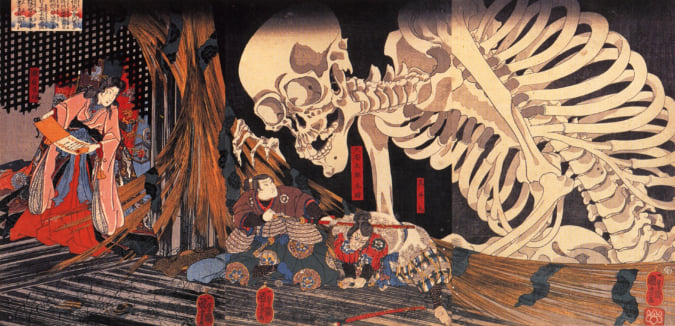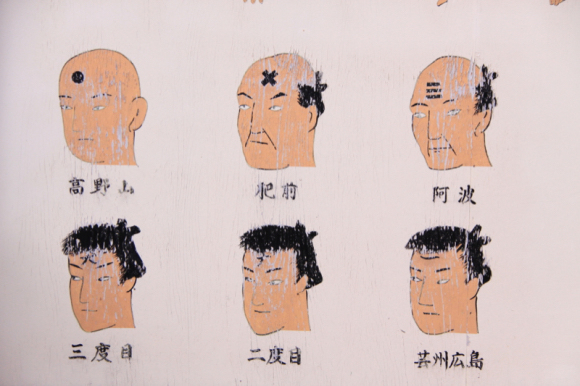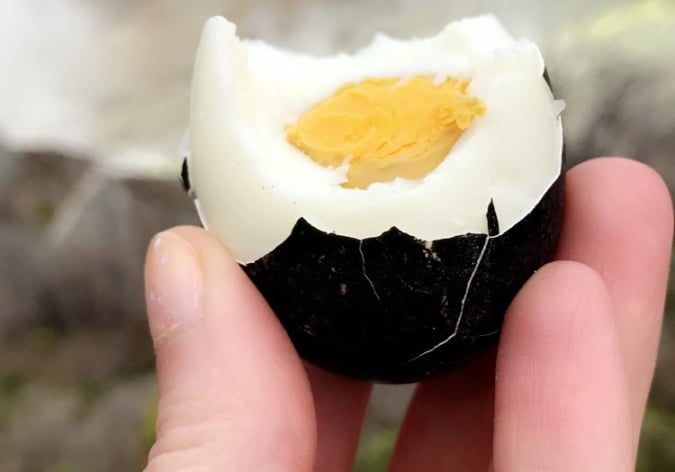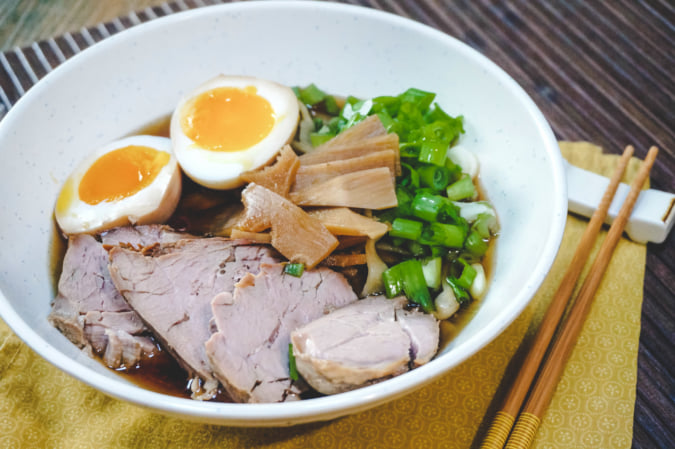Motoyuki Daifu’s Domestic Life
The photographer immortalised his somewhat chaotic family life in their Yokohama home and turned the results into a book, 'Project Family.'
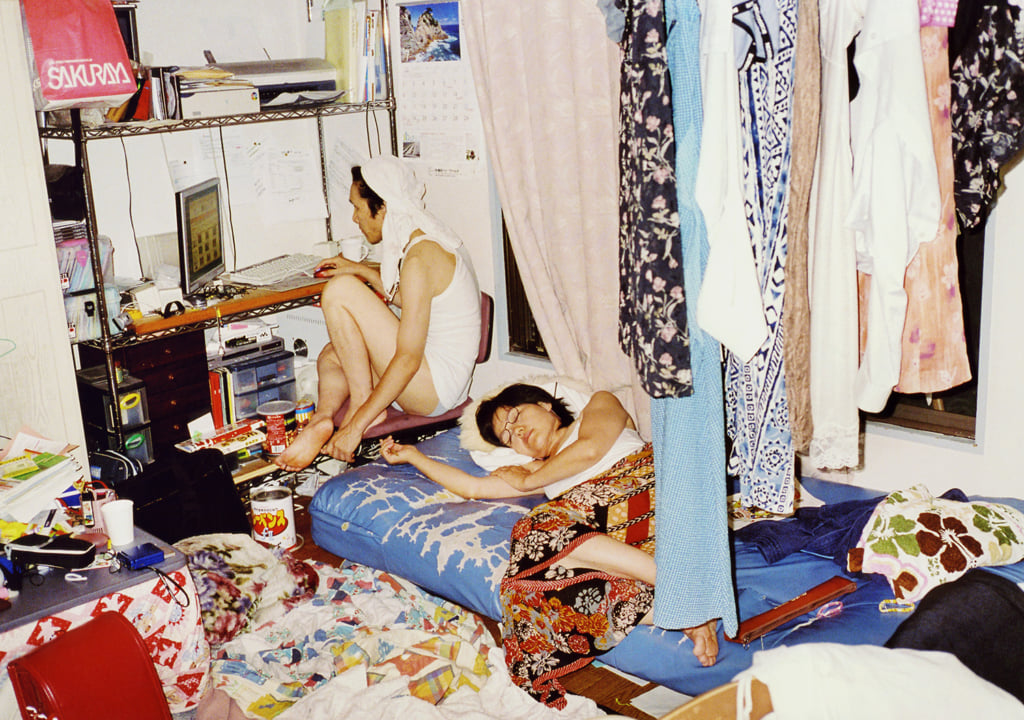
© Motoyuki Daifu
‘My mother sleeps every day. My father does chores. My brothers fight. There are bin bags everywhere. Half-eaten dinners, cat droppings, and mountains of clothes: this is my adorable everyday life in a Japan that is just as adorable.’ This is how Motoyuki Daifu, a photographer born in 1985 and whose career began at the age of 19, introduces his series Project Family.
The photographs exude a sense of overcrowding, as the viewer observes the everyday life of the seven members of the artist’s family, all within the walls of the five rooms of their house in Yokohama. Here, like in the series Guts by photographer Masaki Yamamoto, Motoyuki Daifu does not aim to aestheticise family life. The photographs are taken spontaneously, capturing dirty plates, a fridge that’s full to bursting, and bags littering the floor, like a modern still life.
A cynical vision
Project Family does not only comprise bleak interior landscapes, however. Motoyuki Daifu, who graduated from Tokyo Visual Arts in 2007, took photographs of his parents, brothers, and sisters, again without premeditation, giving rise to unflattering images of his brother, asleep with his head on the table, merging with the tablecloth, and his sister eating a sandwich.
‘Many photographers have worked on the theme of family, so I wondered whether I could still make something out of it that reflected me’, Motoyuki Daifu explains in an interview with Pen. ‘My work is deliberately cynical. It is about my family, of course, but the way I looked at them for this series was very dry’, he concludes.
Project Family (2014), a book of photographs by Motoyuki Daifu, is published by Dashwood Books.
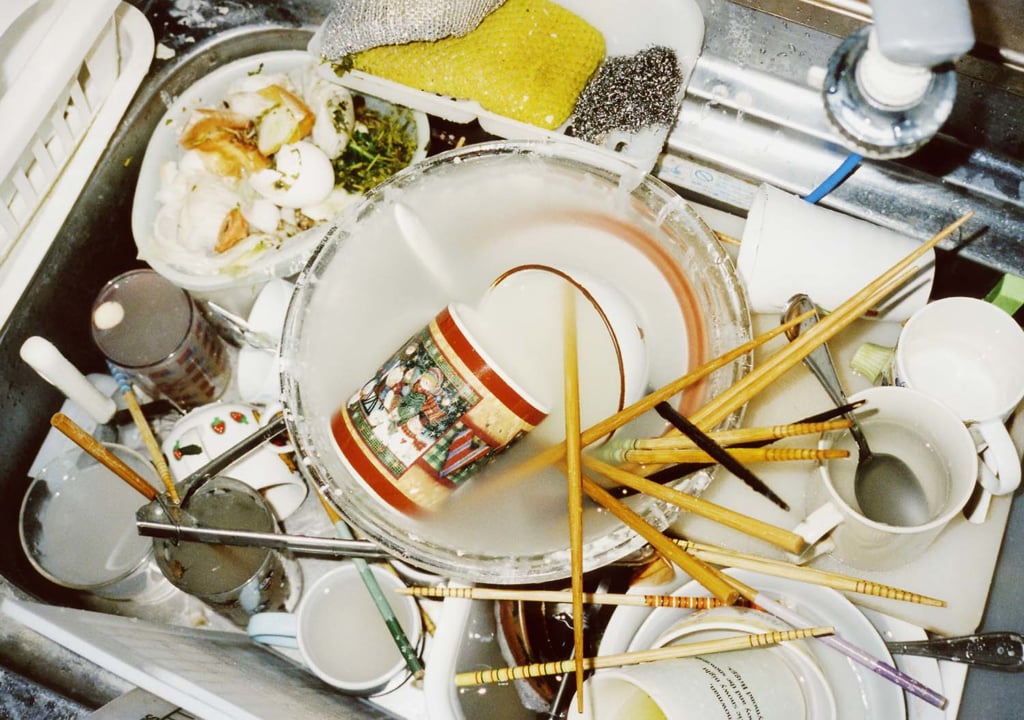
© Motoyuki Daifu
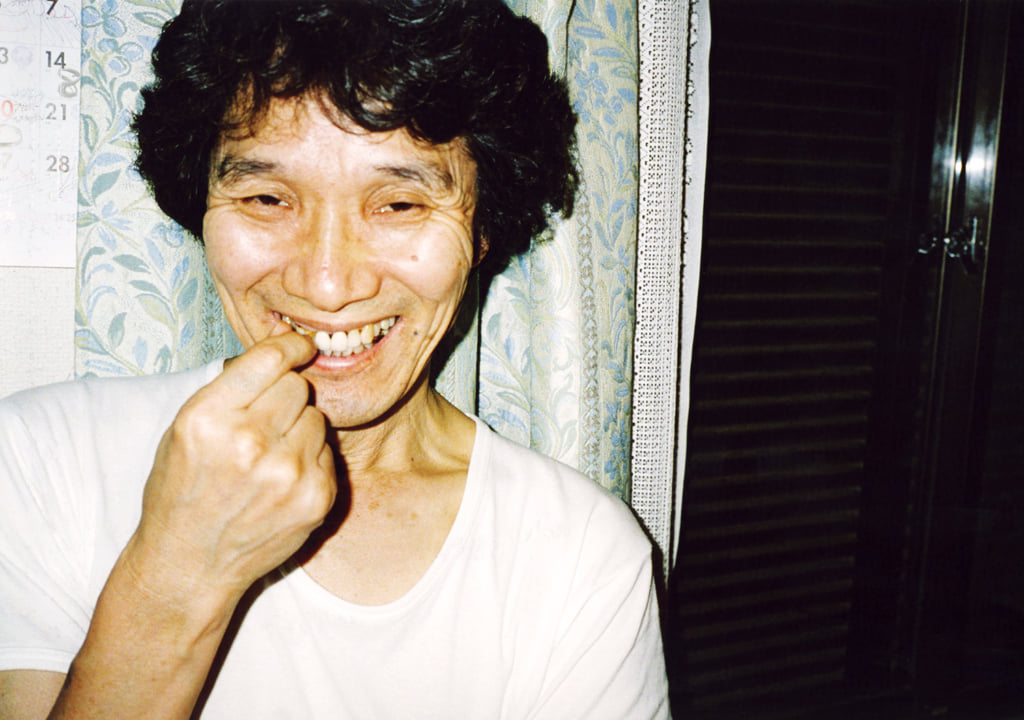
© Motoyuki Daifu
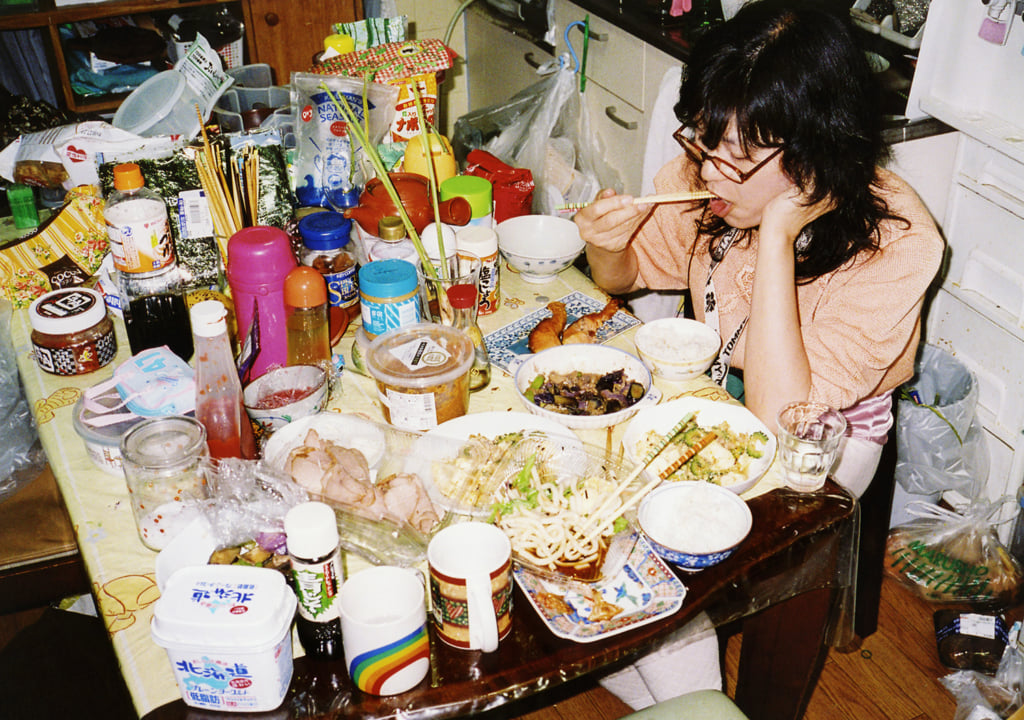
© Motoyuki Daifu
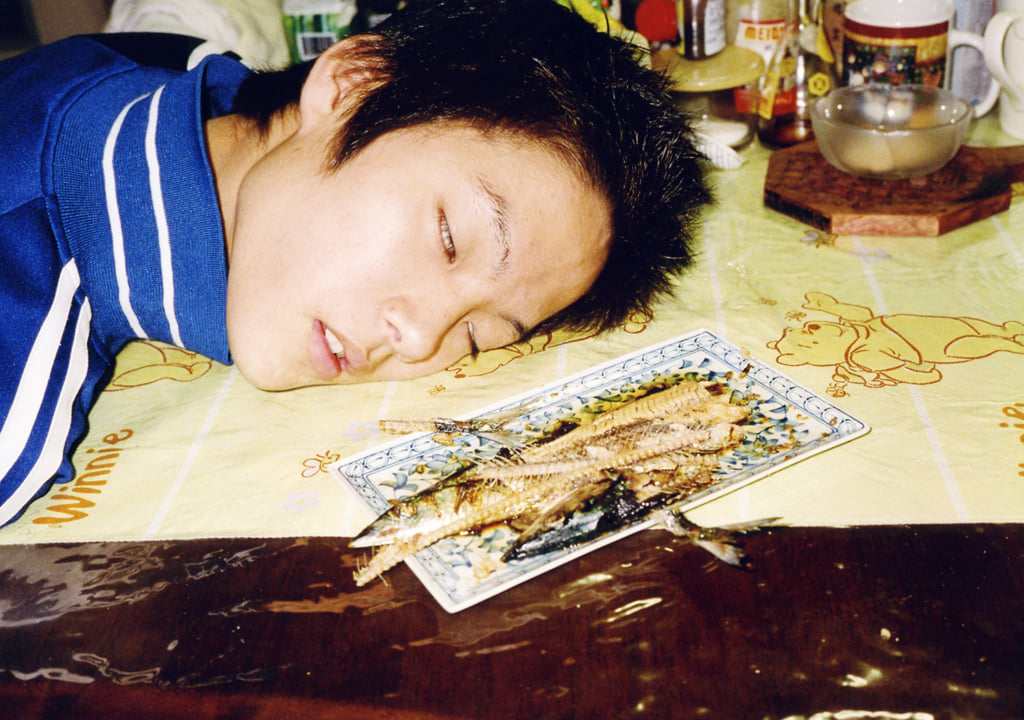
© Motoyuki Daifu
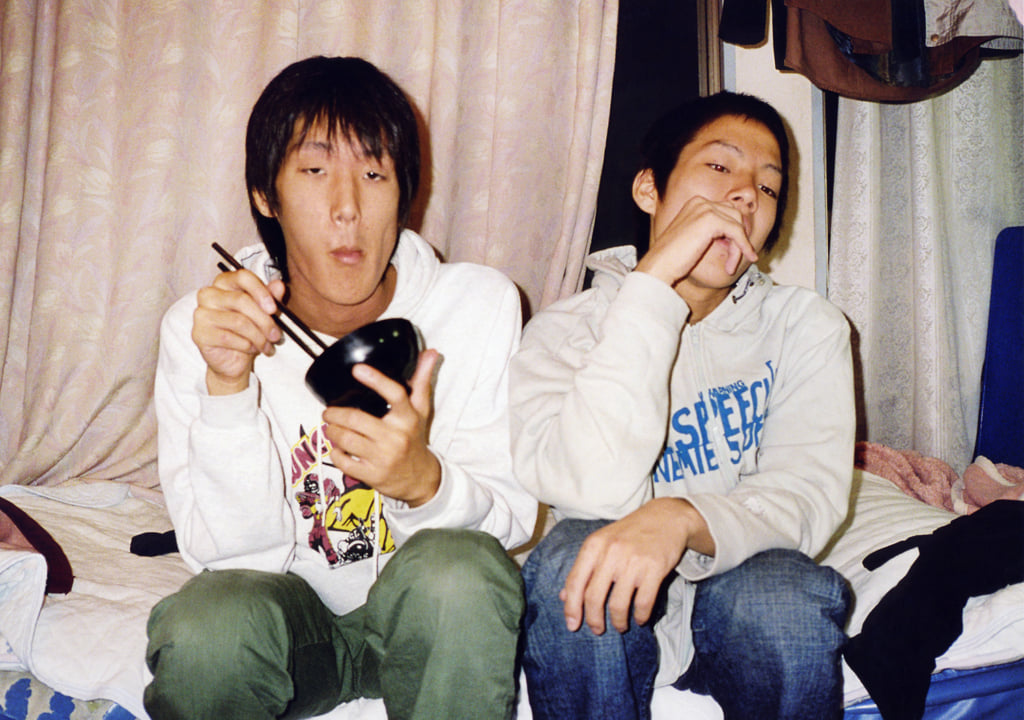
© Motoyuki Daifu
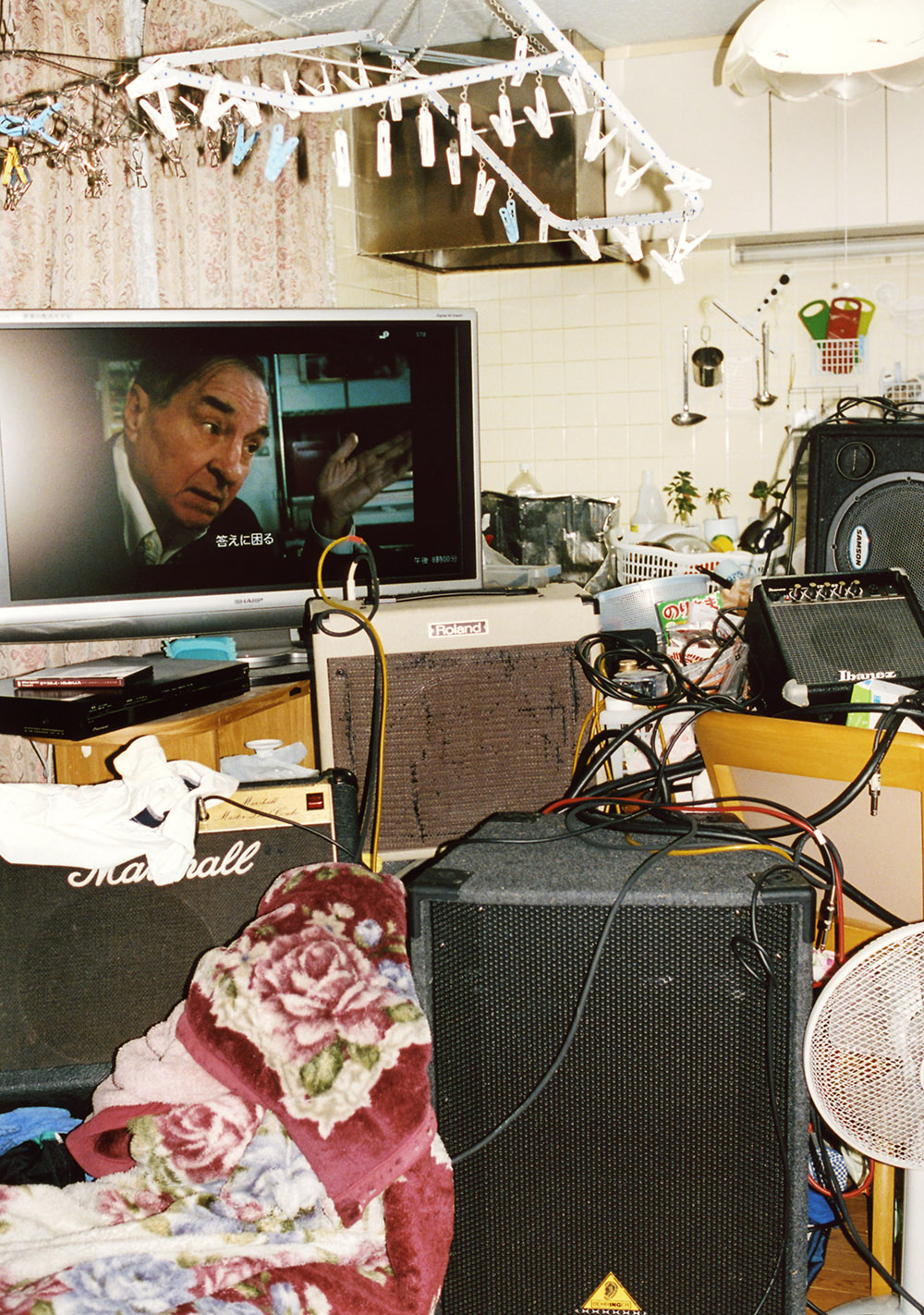
© Motoyuki Daifu
TRENDING
-
Gashadokuro, the Legend of the Starving Skeleton
This mythical creature, with a thirst for blood and revenge, has been a fearsome presence in Japanese popular culture for centuries.

-
The Tattoos that Marked the Criminals of the Edo Period
Traditional tattoos were strong signifiers; murderers had head tattoos, while theft might result in an arm tattoo.

-
The Tradition of the Black Eggs of Mount Hakone
In the volcanic valley of Owakudani, curious looking black eggs with beneficial properties are cooked in the sulphurous waters.

-
Recipe for Ichiraku Ramen from ‘Naruto’ by Danielle Baghernejad
Taken from the popular manga with the character of the same name who loves ramen, this dish is named after the hero's favourite restaurant.

-
Tatsuro Yamashita, King of City Pop
The visionary pop singer and producer, who endowed the Japanese tech-boom as a utopian escape for future generations.

